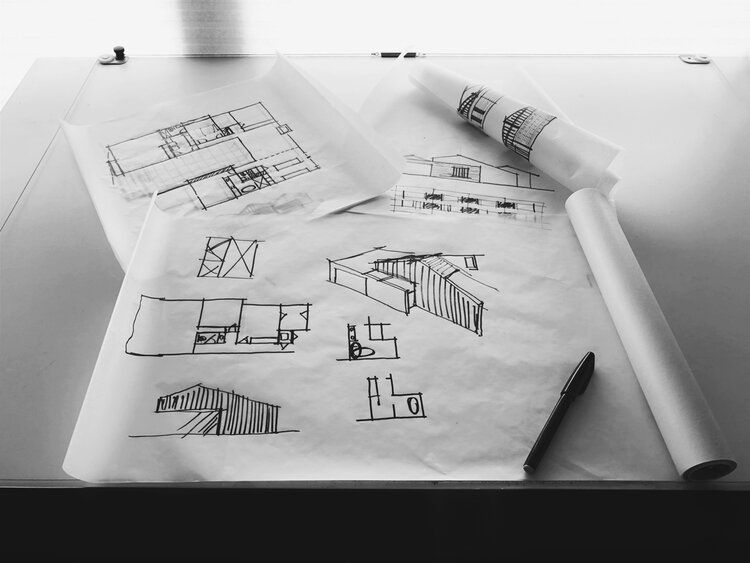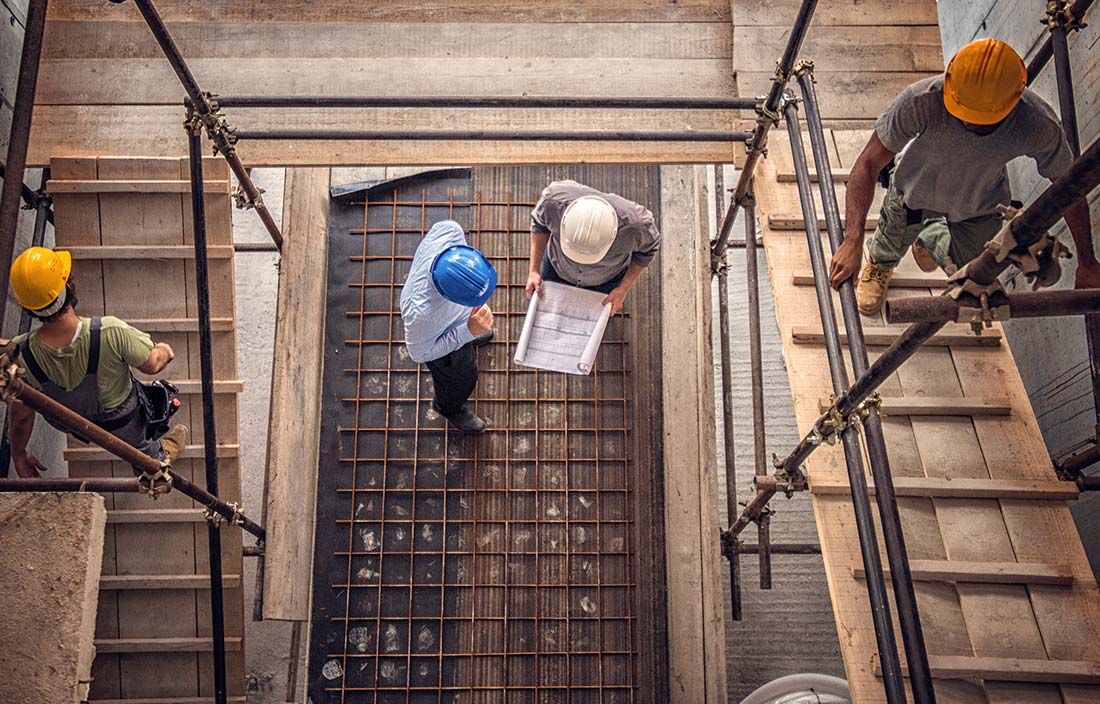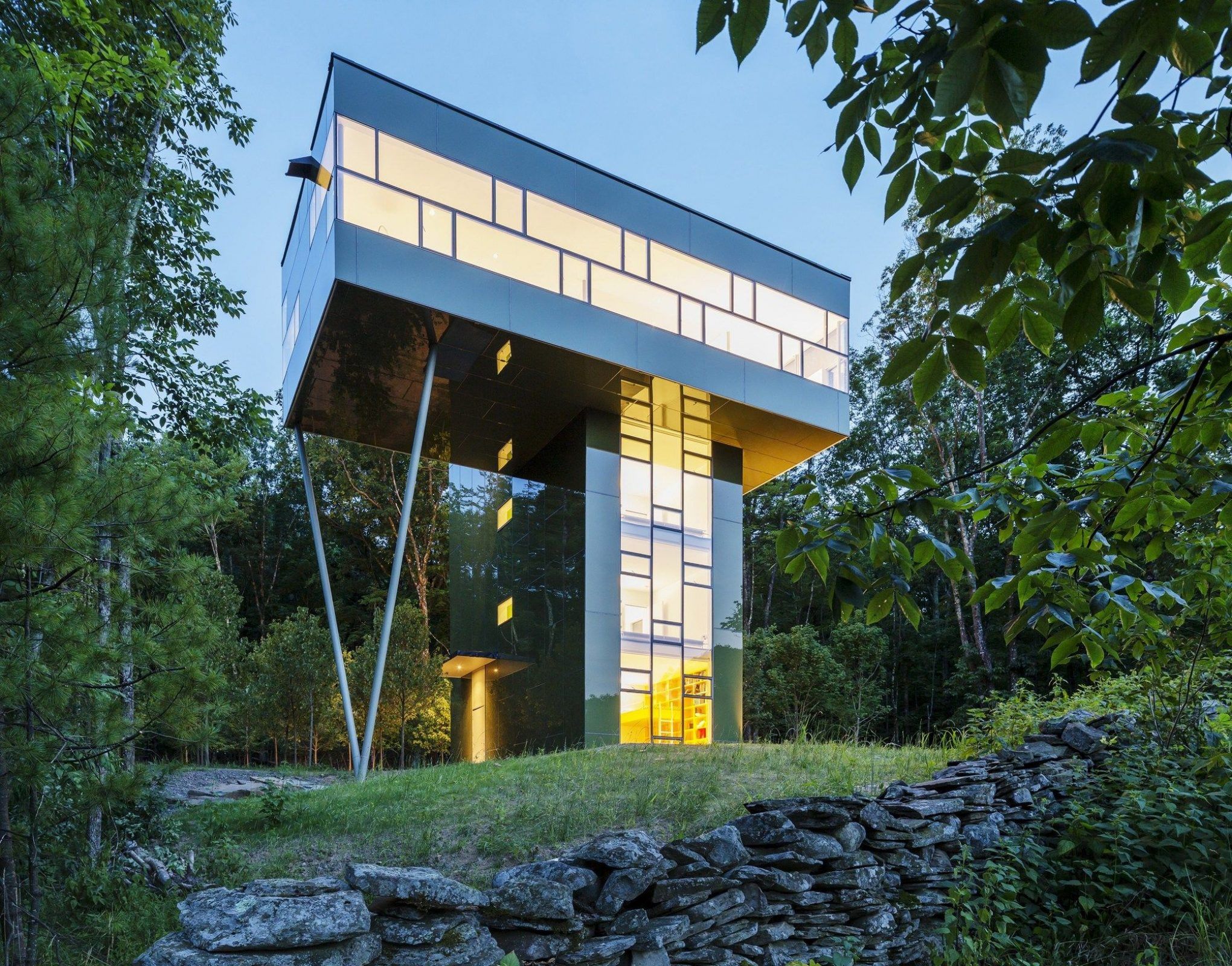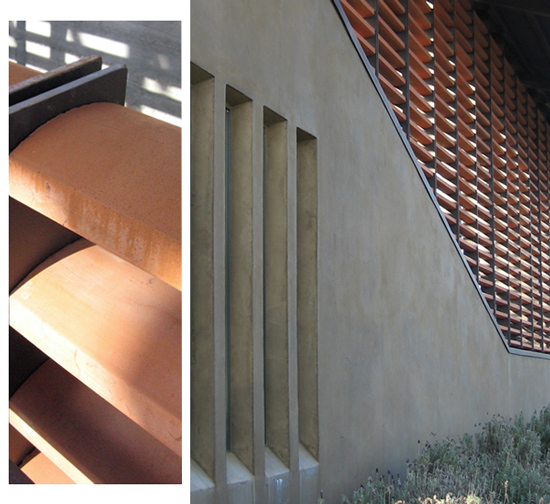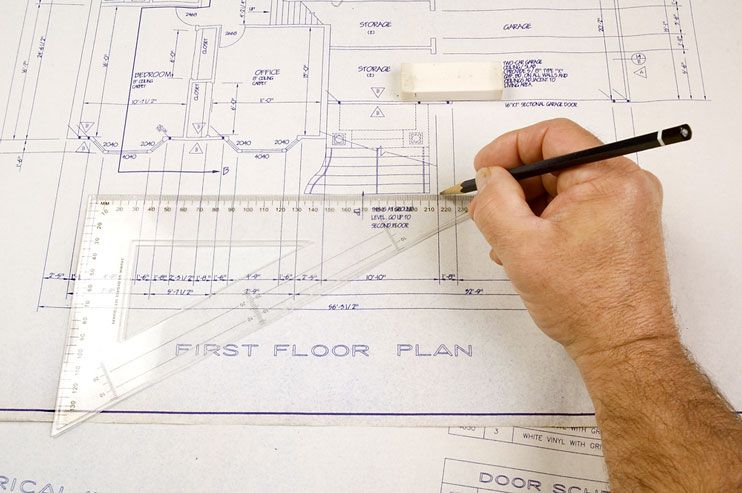Nowadays, architects learn to design buildings within the walls of the studio. Rarely does any architecture school encourage actual building experience on the construction site, even if it’s a teeny-tiny structure! This is perhaps one of the major drawbacks of modern-day architectural education. There are several experiences that young architects need to undergo, including Working in a Small Architectural Firm to be an essential part of the process, and being on construction sites to understand the practical and technical sides of architecture! We reckon that substantial time on the construction site should be mandatory for graduation from architecture school for the following reasons:
List of Reasons Why Young Architects Need the Construction Site Experience
1. Construction Site Gives You a Reality-Check!
Young architects have had plenty of fruitful learning experiences at school and during their internships. But are they really “architects” i.e. “the master-builders”? You see, knowing and doing are two very different things. This is not to imply that the academic part of architectural education is not good enough, rather it’s not sufficient. We, architects, have been adding a junction box in our technical drawings for years. However, you all will bear witness that when you actually saw it for the first time, you were taken aback!
Practical experiences on the site hit you hard with reality checks over and over again. You realize that what you’ve been drawing for centuries had major gaps in construction knowledge. Hence, it is essential that you find your way onto a construction site, even if that construction site is your own land.
2. It Develops Your Craft Skills!
It is a well-established fact that any hands-on experience is a better teacher than most classrooms. Likewise, working directly on the site would develop your trade skills and craftsmanship more than any studio room. To elaborate further, take an example of an instruction manual. Just like this manual would tell you what to do to make a certain product in steps, your college education teaches you how to make a building.
It is not until you start following those steps that you find ways to change the instructions a bit for more efficiency. Similarly, when you craft your building not on paper but on a construction site, you can see the impact of your design decisions right away and change those decisions per necessity. Through this process, young architects attain a better understanding and appreciation of the efforts it takes to create the desired result.
3. You Understand More About Material Application
It shouldn’t come as a surprise that participating in the building process boosts one’s understanding of material applications. After all, a construction site serves as a perfect platform for exploring the inherent connection between architecture and its materials.
Once you’re a part of the building-making process, you might end up discovering your own sustainable materials that are suitable for construction. Thus, if given a fair chance on-site, architects can not only become proficient in the art of building but also contribute to expanding the possibilities of material applications.
4. You Acquire Site-Sensitivity
No matter how many site visits and analyses you make, you could never achieve the same site responsivity as you would by working on it! As you work on the site, you fully grasp its nature and mold your building accordingly. This way, you would be able to shape your building per site conditions to the tee!
5. You Become An “Architect”!
This is perhaps the greatest perk of working on a construction site. The academic part, which most of us went through, would make you a great architecture professor. But it’s the practical part done on-site which makes you worthy of being titled as the “architect”.
The best advice we can offer you is to get a job or a paid internship for making construction drawings. Not only will this assist your study but will also provide you with a lot of site visiting opportunities. These visits, in turn, would give you a chance to talk about various ideas with client management and construction staff. If you get your hands on such experiences from now, you will become that rare architect who “gets it all”.


